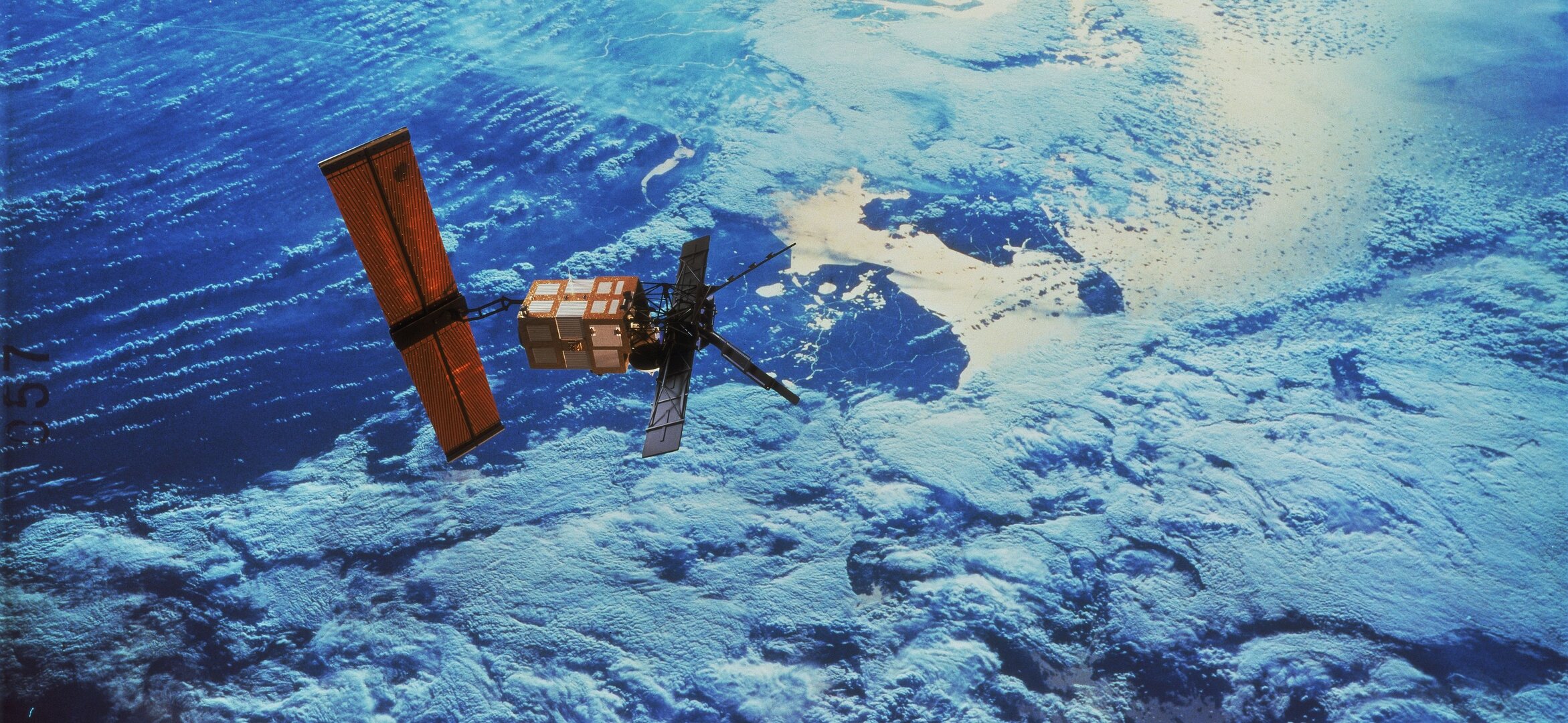Published on 7 October 2021
 ESA Director General, Josef Aschbacher, said, “We send our most sincere congratulations to Prof. Dr Hasselmann for his well-deserved Nobel prize. Klaus joined one of ESA’s external expert groups of scientists in the 1970s, and in 1981 became a member of our High-Level Earth Observation Advisory Committee. He provided outstanding scientific support and recommendations to ESA, in particular on the development of the ERS-1 and ERS-2 missions.”
ESA Director General, Josef Aschbacher, said, “We send our most sincere congratulations to Prof. Dr Hasselmann for his well-deserved Nobel prize. Klaus joined one of ESA’s external expert groups of scientists in the 1970s, and in 1981 became a member of our High-Level Earth Observation Advisory Committee. He provided outstanding scientific support and recommendations to ESA, in particular on the development of the ERS-1 and ERS-2 missions.”
ESA’s first Earth observation mission dedicated to understanding our planet, the European Remote Sensing satellite (ERS-1), was launched on 17 July 1991 – just over 30 years ago. At the time, ERS-1 was one of the most sophisticated satellites ever developed and launched by Europe, paving the way to a new era in satellite technology to study the atmosphere, land, oceans and ice.
The satellite carried a comprehensive payload including an imaging synthetic aperture radar, a radar altimeter and other powerful instruments to measure many aspects of our planet. ERS-1 was then joined by ERS-2 in 1995 which carried an additional sensor for atmospheric ozone research – the Global Ozone Monitoring Experiment.
 Both satellites exceeded their design life by far, delivering a 20-year stream of continuous data that formed the basis for countless research papers on how our planet works and how it is changing.
Both satellites exceeded their design life by far, delivering a 20-year stream of continuous data that formed the basis for countless research papers on how our planet works and how it is changing.
These pioneering missions have provided the basis for the routine remote sensing we have come to rely upon today to unravel the complexities of the way Earth works. The success of the ERS missions has helped Europe to gain clear leadership in several critical technologies and in the scientific use of Earth observation.